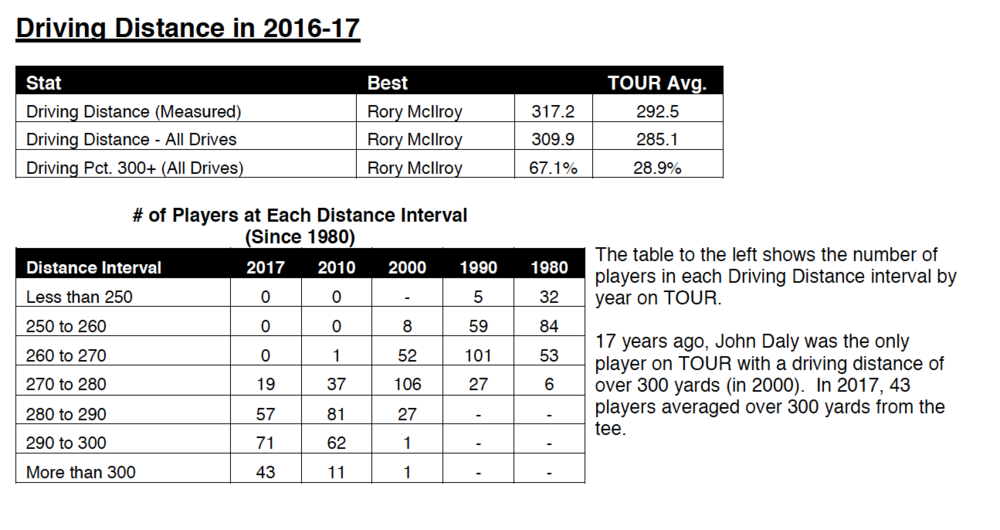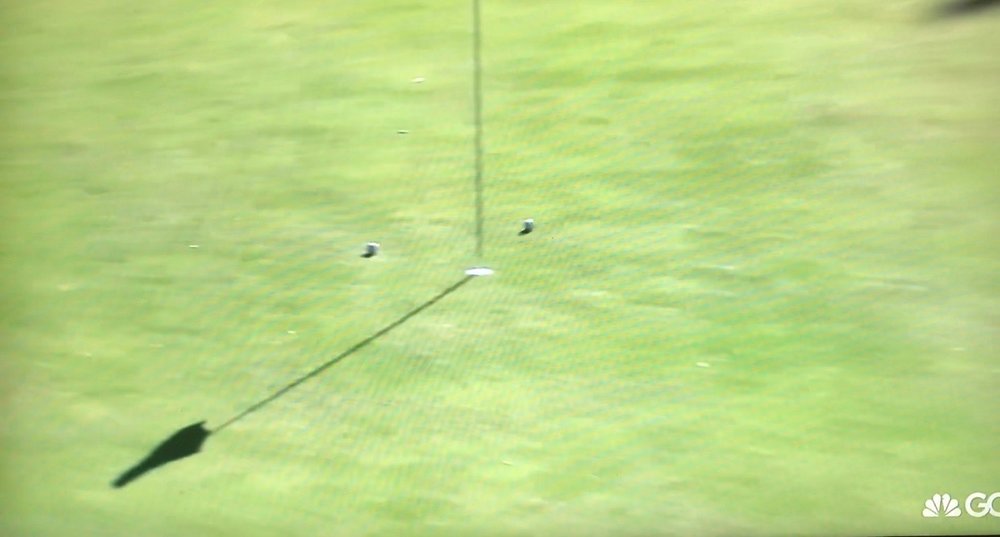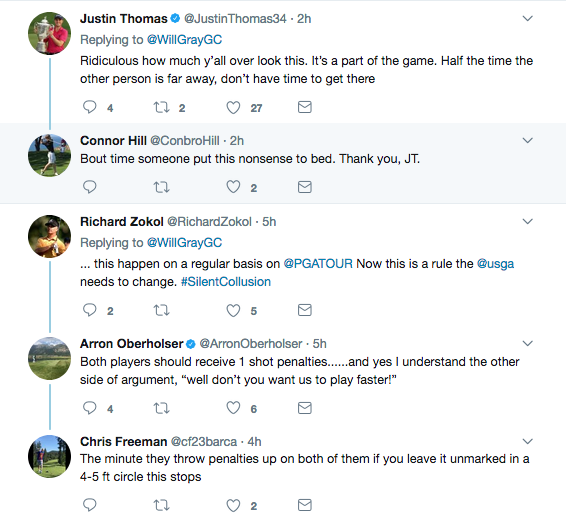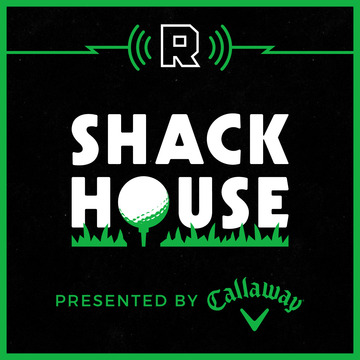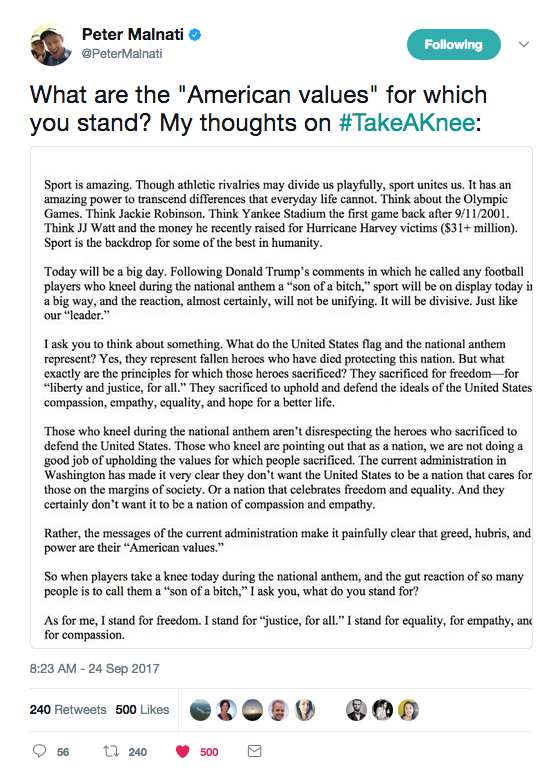First, let's get an hygiene point out of the way before we get to the reviews: Tiger, under no circumstances, should ever sport facial hair of any kind again. No goatees, no fu manchu's, no modified-fu manchu's and certainly no soul patches. Clean shaven for this comeback, the man looked ten years younger! Oh, and he still has no major titles won with any of his assorted growths from over the years, FYI.
Steve DiMegliofor USA Today:
There are no issues with his surgically repaired back.
No issues with his swing speed.
No issues with his power.
Nope, after a 72-hole romp around Albany Golf Course, there remain few issues ahead for Tiger Woods, few questions as he heads into the new year.
Doug Fergusonfor the AP:
Woods made a return to golf that was solid with his health and his game, and he headed into the holidays thinking about a schedule for 2018.
Ben Everillat PGATour.com:
Tiger Woods is back – again.
The future looks bright for Woods after the 79-time PGA TOUR winner successfully negotiated all four rounds at the Hero World Challenge in his long-awaited comeback from back surgery.
Rex Hoggardfocused on the driving effort as a huge sign of success.
For four days, Woods drove the ball as well as he has in a decade, putted better than his final statistics might suggest and largely controlled his golf ball with the notable exception of his opening loop on Saturday.
Brian Wackerwith a similar take at GolfDigest.com:
For four days, Woods drove it as well he has in 10 years, mostly looked good with the putter and, save for his opening nine on a blustery Saturday, largely controlled his ball.
Bob Harigof ESPN.com on Tiger's shocking power off the tee in his comeback:
The power he unleashed with his driver -- and some of the other shots he launched into orbit with his 2-iron -- was a remarkable sign of renewal, especially if you understand where he has been since the first of four back surgeries in 2014 and all the struggles he has had keeping the ball in play.
Woods had no trouble keeping pace with Thomas, who ranked eighth in driving distance on the PGA Tour in 2017 by averaging nearly 310 yards off the tee.
The SI/Golf.com gang covered many elements of the return. There was this from Michael Bamberger, senior writer, Sports Illustrated:
He's been through a personal hell, major surgery, the chip yips and a bunch of other things. He played well and carried himself well and talked like a person who knows there's a mountain in front of him and he's just starting the climb. It was impressive.
Karen Crouseis rightfully a little more skeptical after last year's exciting return, followed by another back setup but ends her piece on a positive note, reminding us that Woods no longer needs to carry the sport. That should be a little less burden!
His positivity spread some holiday cheer throughout a golf industry that, as evidenced by the PGA Tour’s countdown tweets and the Golf Channel reporters’ breathless commentary, is determined to milk every last drop from its longtime cash cow.
Of course, with Woods, any glad tidings come with a caveat: If his surgically fused back is bothering him, it won’t become apparent until much later. Asked on Sunday if he was in any pain, he said he was not.
But history suggests that even if he was hurting he would not say so.
G.C. Digitalwith key stats from the final round for Woods, including 13/14 fairways.
His projected move back up the World Rankings has begun:
Tiger is projected as high as 659 in next week's World Ranking. This week's 659th-ranked player was Finn Fleer, a German who won on the ProGolf Tour in Poland in September.
— Justin Ray (@JustinRayGC) December 3, 2017
Here’s what a possible schedule for the season looks like, courtesy ofGolfweek. Oh please don't go to the UAE. Please?
The recoil is back!
Just a 2-iron that carried 265 yards.#QuickHitspic.twitter.com/3PhWvqnQJF
— PGA TOUR (@PGATOUR) December 3, 2017
Mark Cannizzarotalked toRafa Nadal as the tennis legend walked the course watching Woods for just the second time in person.
“I think this is a very important moment now for golf and himself and for all the people who love the sport in general. He’s the most charismatic star golf has had in the past 50 years or so. For everyone to see him back is something great for the sport.”
Steve Sands caught up with spectator Nadal for the broadcast:





